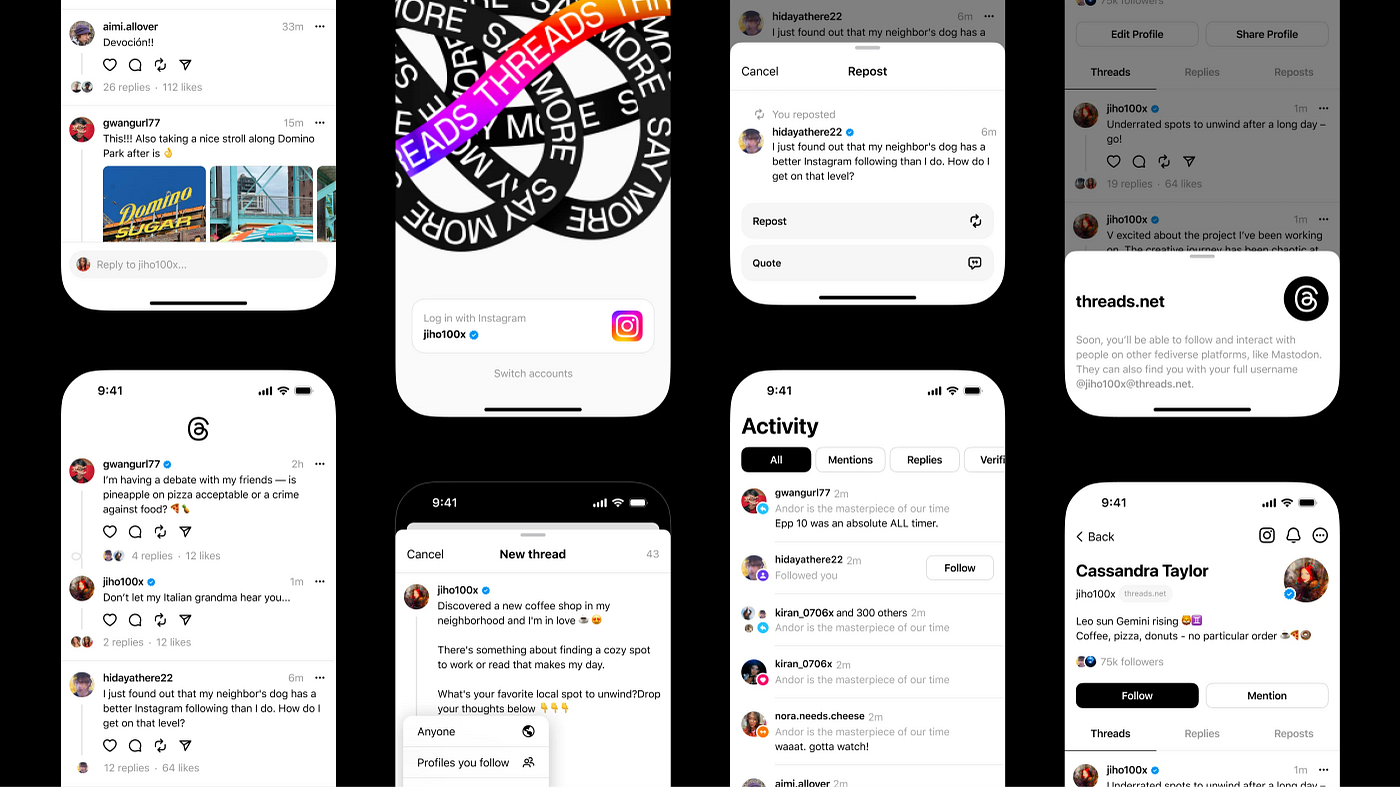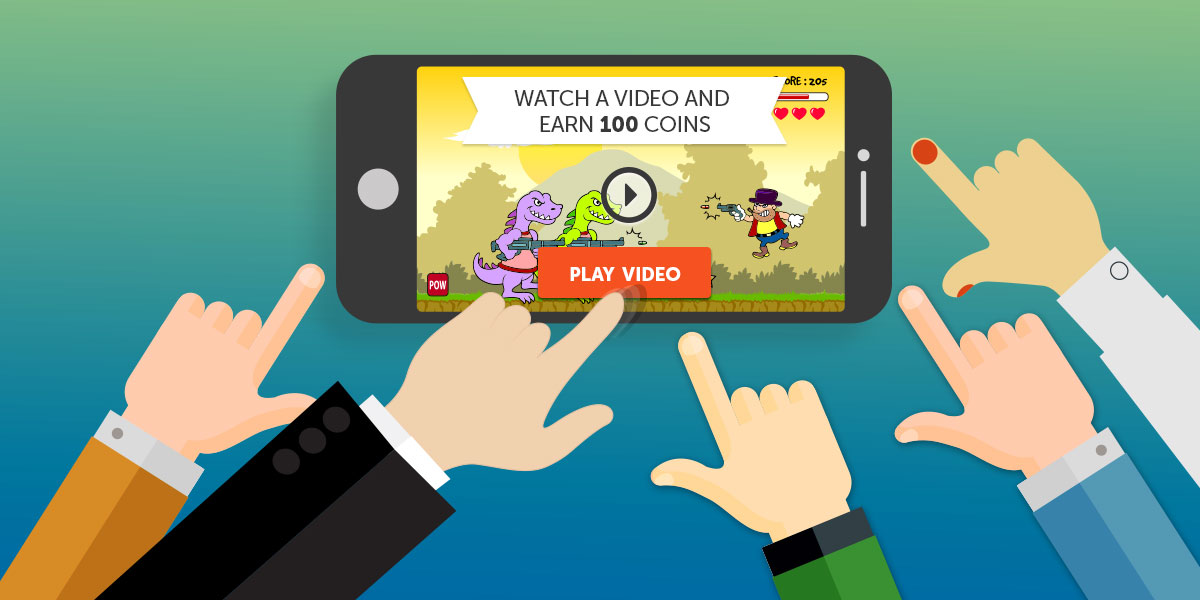In today’s rapidly evolving business landscape, small and medium-sized businesses (SMBs) increasingly turn to cloud collaboration solutions, including cloud calling services, to stay competitive, enhance productivity, and adapt to the ever-changing workplace dynamics. Cloud collaboration, with its versatile set of tools and features like cloud calling services, is playing a pivotal role in reshaping the way SMBs operate. This article delves into the significance of cloud collaboration for SMBs, highlighting its impact on workplace evolution.
Table of Contents
1. The SMB Landscape: Navigating Challenges

Small and medium-sized businesses often face unique challenges that require innovative solutions. These challenges include limited budgets, remote work arrangements, and competing with larger enterprises. Cloud collaboration emerges as a game-changer by addressing these challenges effectively.
2. Breaking Down Geographic Barriers
One of the most remarkable features of cloud collaboration is its ability to break down geographic barriers. SMBs can now tap into a global talent pool without the constraints of physical location. This is especially crucial as remote work becomes increasingly prevalent. Cloud collaboration tools, such as video conferencing and instant messaging, facilitate seamless communication and collaboration among remote teams, fostering a sense of unity despite physical separation.
3. Enhanced Productivity and Efficiency
Cloud collaboration goes beyond just communication tools. It encompasses a wide array of features, including document sharing, project management, and virtual whiteboards. These tools enable SMBs to streamline their workflows and boost productivity. Teams can collaborate on documents in real time, reducing the need for countless email exchanges and enhancing project efficiency.
Also Read:
- 5 Things to Consider Before Moving to Cloud Storage
- What is Cloud Hosting and How Can it Benefit Your Site?
- Why Business Growth Depends on Cloud Security
- 7 Ways Your Business Can Benefit From Cloud-Based Marketplaces
4. Scalability and Cost-effectiveness
SMBs often experience fluctuating demands, making scalability a critical factor for success. Cloud collaboration services are highly scalable, enabling businesses to add or remove users and services as required. This scalability ensures that resources are optimally utilized and eliminates the need for significant upfront investments. SMBs can now access top-notch collaboration tools without breaking the bank.
5. Security and Reliability

Data security is a paramount concern for SMBs. Cloud collaboration providers understand the importance of data protection and invest heavily in robust security measures. With state-of-the-art encryption, multi-factor authentication, and regular security updates, cloud collaboration services offer a level of protection that is often difficult to achieve in-house. Furthermore, they provide reliable uptime, minimizing disruptions to business operations.
6. Competitive Advantage
Cloud collaboration is a powerful tool providing SMBs with a competitive edge. By adopting cutting-edge collaboration solutions, smaller businesses can compete with their counterparts on a level playing field. This enables them to attract top talent, respond to market changes swiftly, and offer superior customer service.
7. Flexibility in Communication: Cloud Calling Services
One of the standout features of cloud collaboration is its cloud-based calling services. These services allow SMBs to deploy sophisticated phone systems without a complex on-premises infrastructure. With cloud calling, employees can make and receive calls from anywhere, ensuring customer inquiries are handled promptly. This flexibility is crucial for businesses with remote or mobile workforces.
8. Collaboration Beyond Boundaries
SMBs often collaborate with external partners, suppliers, and clients. Cloud collaboration extends beyond the organization’s borders, providing a secure platform for external stakeholders to engage seamlessly. This enhances business relationships, streamlines processes, and fosters innovation.
In conclusion, cloud collaboration has emerged as a driving force behind the workplace evolution for small and medium-sized businesses. By addressing key challenges, enhancing productivity, and offering cost-effective solutions, cloud collaboration tools are reshaping how SMBs operate and compete. With features like cloud calling services, SMBs can communicate efficiently and effectively, irrespective of geographic boundaries. In an ever-evolving business landscape, embracing cloud collaboration is not just an option; it’s a strategic imperative for SMBs looking to thrive in the modern workplace.































